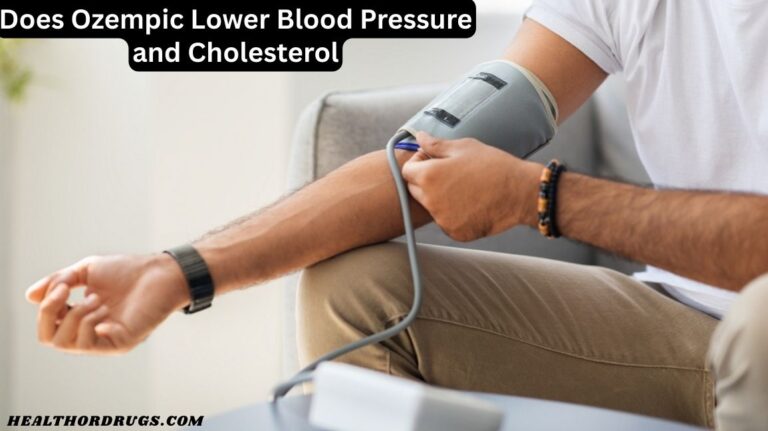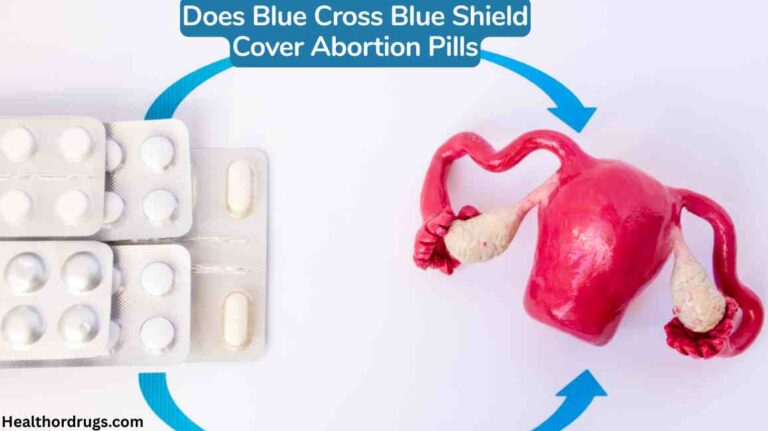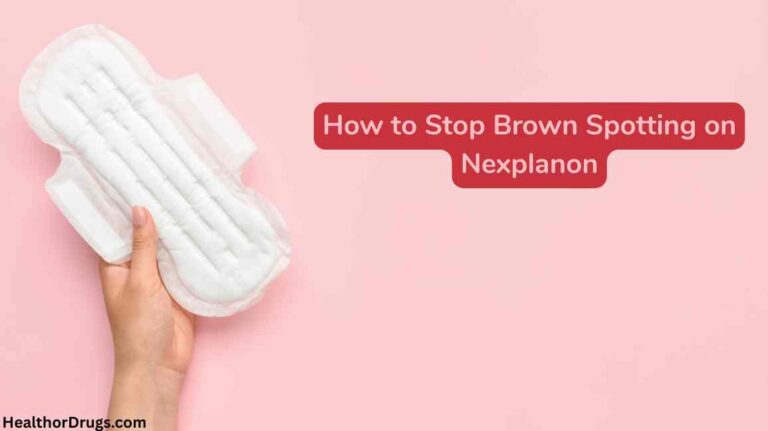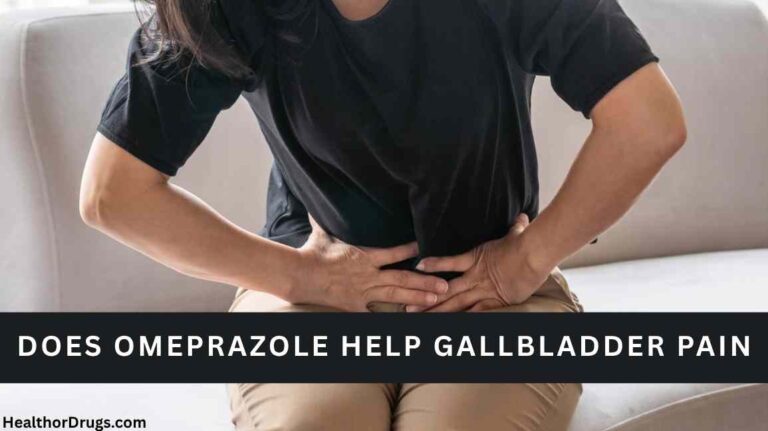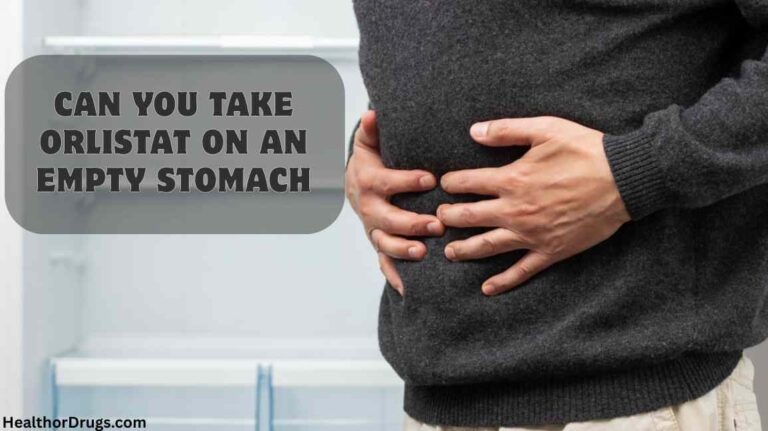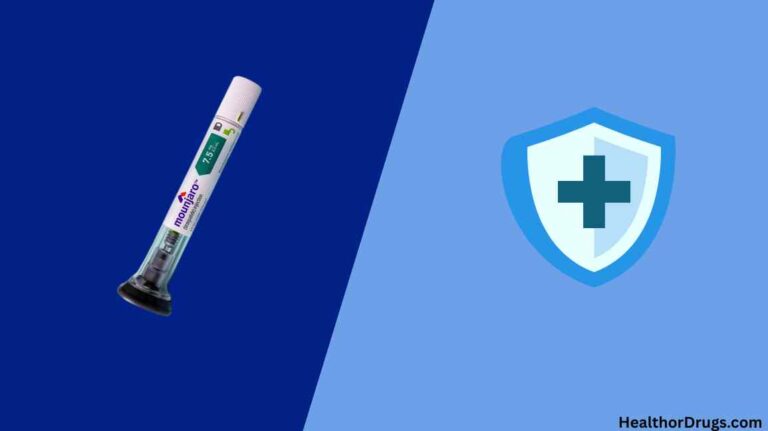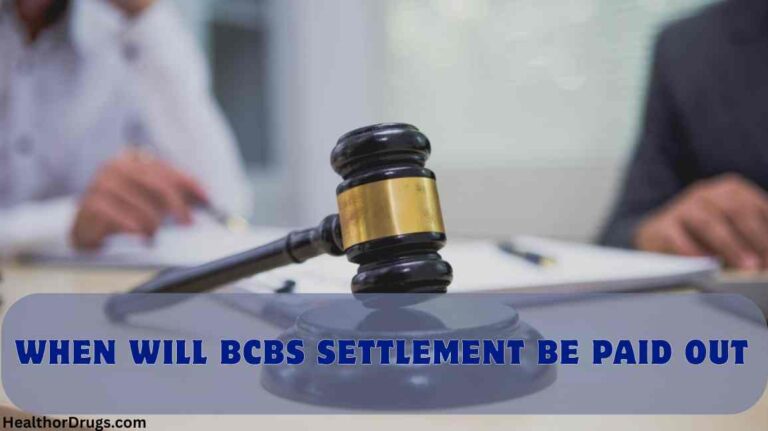Ozempic has become a big topic lately. It’s a medicine doctors prescribe mainly for people with type 2 diabetes. Folks also use it to help with losing weight.
This shot works like a natural hormone in your body. It keeps blood sugar steady. With more people trying it, everyone wonders about other perks.
A lot of questions pop up about heart stuff. Like, can Ozempic help with blood pressure or cholesterol? We’ll look at what studies say and break it down simply.
What Is Ozempic?
Ozempic is really semaglutide in a fancy name. It’s a weekly injection for grown-ups fighting type 2 diabetes. It helps keep blood sugar in check.
You use a special pen to give yourself the shot. It’s easy once you get the hang of it. Doctors often start with a low dose and bump it up if needed.
People talk about it for more than diabetes. Weight loss is a common reason some try it. But remember, always chat with your doc first.
Related: Does Kaiser Cover Ozempic for Weight Loss?
How Does Ozempic Work?
It kicks in by hitting certain spots in your pancreas and brain. This makes your body release insulin right after eating. It also cuts back on another hormone that spikes sugar levels.
In your gut, it slows down how fast food moves out. That means you feel full longer after meals. No more big ups and downs in energy.
Plus, it tweaks hunger signals up top in your head. Less craving means eating less overall. All this ties into better body balance.
Benefits for Your Heart
Your heart needs more than good sugar control. Things like pressure in your arteries and fat in your blood matter too. Ozempic might help here in a few ways.
Dropping extra pounds lightens the load on your heart. Less weight often means smoother sailing for blood flow. Docs see this in real patients.
It could also calm down swelling in your veins. Better flow without irritation keeps things healthy. Small changes add up for your ticker.
Does Ozempic Lower Blood Pressure and Cholesterol?
Yeah, Ozempic often does bring down blood pressure and cholesterol for lots of folks. Research points to small but real drops in both. Much of it comes from shedding weight and fixing how your body handles food.
On pressure, you might see systolic numbers fall by 3 to 5 points, and diastolic by 2 to 4. For fats, bad cholesterol (LDL) and triglycerides go down, while good stuff (HDL) might tick up a bit. Everyone’s different, though.
It’s not meant just for these issues. Think of it as extra help with diabetes care. Talk to your doctor to see if it fits you.
Step 1: Helping with Weight Loss
First off, Ozempic gets you losing weight, which is huge for pressure and fats. Carrying too much strains your heart and messes with lipids. Even a little loss, like 5 to 10 percent, helps.
It curbs your appetite and makes meals last longer in your belly. You end up eating fewer calories without trying hard. Weeks turn into noticeable changes.
Mix in better eating and moving around. That ramps up the good effects. Steady habits keep the wins coming long-term.
Step 2: Fixing How Your Body Uses Energy
Then, it sorts out sugar and fat handling. Less resistance to insulin drops those triglycerides. Stable sugar stops gunk from building in veins.
Your liver gets the memo to make less cholesterol. This pairs nicely with the weight drop. Swelling markers fade, guarding your pipes.
These shifts build over time with regular shots. Blood checks show the progress. It’s all about steady improvement.
Step 3: Boosting Heart Work
Last, it smooths out how your heart runs. Veins relax more for easy flow, cutting pressure. Trials back this up.
Fewer fats mean cleaner arteries with less buildup. Blocks are less likely down the road. Everything works together for protection.
Keep an eye on things with your doc. They tweak as you go. Adding other treatments can make it even better.
What Studies Show
Big studies have dug into Ozempic’s heart effects. The SELECT one with over 17,000 people cut major heart risks in heavy folks, even without diabetes.
SUSTAIN trials for diabetes saw better fat numbers. Total cholesterol dipped 4 to 6 percent, triglycerides by 15 to 18. Patterns held up across groups.
Reviews of many studies note pressure drops too. One big look saw consistent falls, no matter starting points. Good news for at-risk people.
Looking at Study Results Side by Side
Here’s a table to show how different studies stack up on semaglutide:
| Study Name | Blood Pressure Changes | Cholesterol and Fat Changes |
|---|---|---|
| SELECT Trial (2023) | Top number down 3-5 points; bottom 2 points | Total down 4.6%; bad LDL 5.3%; fats 18.3%; good HDL up 4.9% |
| SUSTAIN-6 (2016) | Average top drop of 4 points | Bad LDL minus 10 units; fats minus 20 units |
| STEP 1 (2021) | Small top decrease, 2-4 points | Total minus 5%; fats minus 15% |
| PIONEER 6 (2019) | Bottom improvement by 3 points | Good HDL plus 3%; other bad fats minus 8% |
| European Heart Journal Review (2024) | Steady 5-point top drop | Better fats in high-pressure groups |
| Cardiovascular Endocrinology Research (2024) | Pressure held steady in overweight patients | Pill form cut fats beyond sugar help |
| Nature Medicine Findings (2024) | Long-lasting pressure drops from weight | Fat benefits stick with kept-off pounds |
| PMC Diabetes Study (2022) | Top minus 2.76; bottom minus 3.85 points | Total minus 18 units; bad LDL 11; fats 49 |
| ACC Journal Overview (2024) | 5-point top fall across all | Mainly on pressure, fats not detailed |
| Wiley Obesity Report (2025) | Less need for pressure pills | Cut back on fat meds too |
This chart pulls together trends from key work. Each row spotlights a study with clear patterns. Pressure tweaks are mild but helpful. Fat shifts hit triglycerides hard.
Who Might Get the Most Out of It?
Those with type 2 diabetes top the list. If pressure or fats are high too, it’s a bonus. Great for weight battles.
Overweight people without diabetes could benefit similarly. Stronger versions like Wegovy push it further. Rules differ by place.
Your doctor decides if it’s right. They check your setup and plan it out. Responses vary person to person.
Things to Watch For
No med is perfect. Ozempic can cause tummy upset like feeling sick or loose stools. It usually gets better.
Rarer stuff includes gall issues or pancreas trouble. Thyroid checks are smart. Tell your doc about odd feelings.
It might mix with other pills. For heart, it pairs with fat cutters or pressure meds. Check-ins keep it safe.
Ways to Make It Work Better
Team Ozempic with good daily choices. Eat plenty of fresh stuff like veggies. That naturally fights high fats.
Get moving regularly, maybe walks or swims. Shoot for a couple hours a week. It directly dials down pressure.
Drink water and ease up on salt. Easy tweaks that help the med shine. A log tracks your wins.
Quick tips to try:
- Pick whole foods over junk for fat control.
- Add fish for heart-friendly omegas.
- Chill with deep breaths to ease pressure.
- Sleep well to keep your body tuned.
These fit right into life.
What to Expect Long-Term
Sticking with Ozempic needs effort. Research shows perks last if you keep going. Quitting might bring weight back.
Blood tests watch pressure and fats. Tweaks as needed. Many feel way better overall.
More studies are coming. Could mean new uses ahead. Keep up with the info.
Summary
Ozempic can help drop blood pressure and cholesterol, mostly by helping you lose weight and balance your insides. Trials like SELECT and SUSTAIN back up these small wins. It’s not the only fix, but great with diabetes plans and heart care. Healthy habits make it stronger. Get doc advice for your case.
FAQ
How does Ozempic mainly cut blood pressure?
It drops weight to take stress off your heart and pipes. Plus, it eases veins for smoother flow. Studies show top numbers fall 3-5 points on average.
What’s the drop in cholesterol with Ozempic?
Total might go down 4-6%, bad kind about 5%, fats 15-18%. Good kind could rise a touch. From better body work and less swelling.
Is it okay for high blood pressure folks?
Sure, for most, but with doc okay. Might mean fewer pressure pills. Watch for low sugar if mixing meds.
Can it take the place of cholesterol pills?
Nope, not really. Those pills hit fats harder directly. Ozempic adds extra help and often teams up with them.
When do you notice changes in pressure and fats?
Could start in weeks, but real shifts in 3-6 months. Steady use and good habits speed it. Tests show how you’re doing.
